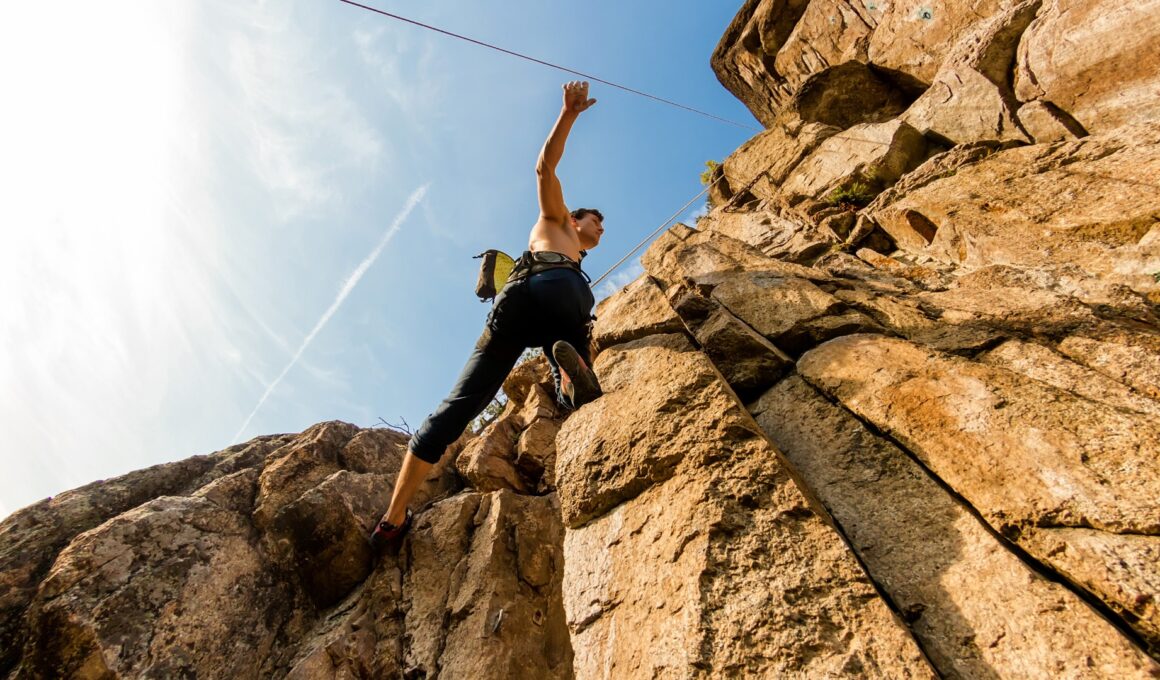The basic lesson of evolutionary psychology, is that our behaviours should all somehow aid in our chances of surviving, particularly surviving in the ‘wild’ and our original evolutionary habitats. The fight or flight response occurs in order to help us escape predators, while feelings of love and parental pride are what help us to ensure the continued survival of our genes once we are gone.
But what about thrill seeking behaviour? How can it possibly be adaptive to want to throw yourself off of cliffs or drive race cars as fast as possible?
Let’s take a look at what’s going on inside the brains of thrill seekers, and why some people are more prone to these kinds of behaviours than others.
What Is Thrill Seeking?
Thrill seeking, or sensation seeking, is defined by the search for ‘intense, varied, novel and complex’ sensations along with a readiness to take various kinds of risks in order to accomplish that. Note however that risk is not actually required for thrill seeking, it is instead just a common factor and required for a lot of kinds of ‘thrills’. When we are falling, when we are driving very quickly or when we are doing anything else that we might consider a ‘thrill’ it will cause the body to produce a cocktail of hormones including adrenaline, dopamine, serotonin and others that the individual will find pleasant.
But thrill seeking goes beyond a person’s choice of hobbies. Thrill seekers for instance are also more likely to drive quickly on the road than non-thrill seekers, and are more likely to prefer occupations that involve novel and unstructured tasks.
Low Arousal Theory
So where do thrill seeking behaviours come from? Well one theory called ‘low arousal theory’ suggests that thrill seekers have a lower ‘base line’ arousal meaning that they require more stimuli in order to reach a pleasant norm. Personality theories have suggested that this might also correlate with introversion and extroversion.
For instance then, someone who is an introvert might have a high ‘baseline’ arousal. In other words, they will experience high levels of arousal even when they’re in a quiet room and thus they will feel no need to increase that arousal – they might find a crowded space to be too much and this might cause them to want to leave. On the other hand, an extravert might have a very low baseline arousal, meaning that they feel bored quickly unless there is a lot of noise and stimulation to keep them entertained.
The Insula
In other studies, thrill seekers have been shown to experience higher-than normal activation in the insula when shown ‘arousing’ images (images that illicit any kind of emotional response). This part of the brain acts as a gateway that lets visceral signals from the body be received and interpreted by the brain.
Evolutionary Drives
But everyone it seems experiences ‘thrill’ to an extent, which is why most of us will strap ourselves into rollercoasters at some point in our lives as long as we know they’re safe. Dopamine and serotonin are released when we fall or go fast or experience something new, which suggests that our brain is rewarding us when we do those things. The only difference is that thrill seekers respond particularly well to this kind of reward.
So the question that leaves is why our brains might want us to jump off things when it seems to be anything but beneficial to our survival as individuals or as a species. But the answer is actually quite simple, as when you think about it, we needed to be able to take measured risks in order to accomplish as much as we have so far. Thanks to our willingness to sail across sees we have managed to populate every continent around the world. Thanks to our willingness to risk life and limb we have been to the bottom of the sea and even walked on the moon – all of which has aided our progress. In our personal lives, risk and a desire for novel experiences allows us to meet new people, to change careers, to take a chance with that guy/girl and to make savvy investments. The key is simply to ensure that you can differentiate the good risks from the bad risks and not get too carried away by the neurochemical high…





It’s ‘elicit’, not illicit…
Indeed. It’s really fascinating how evolutionary challenges from our past have shaped our biological, cognitive, and behavioral responses.
Insightful article. Thanks Adam.